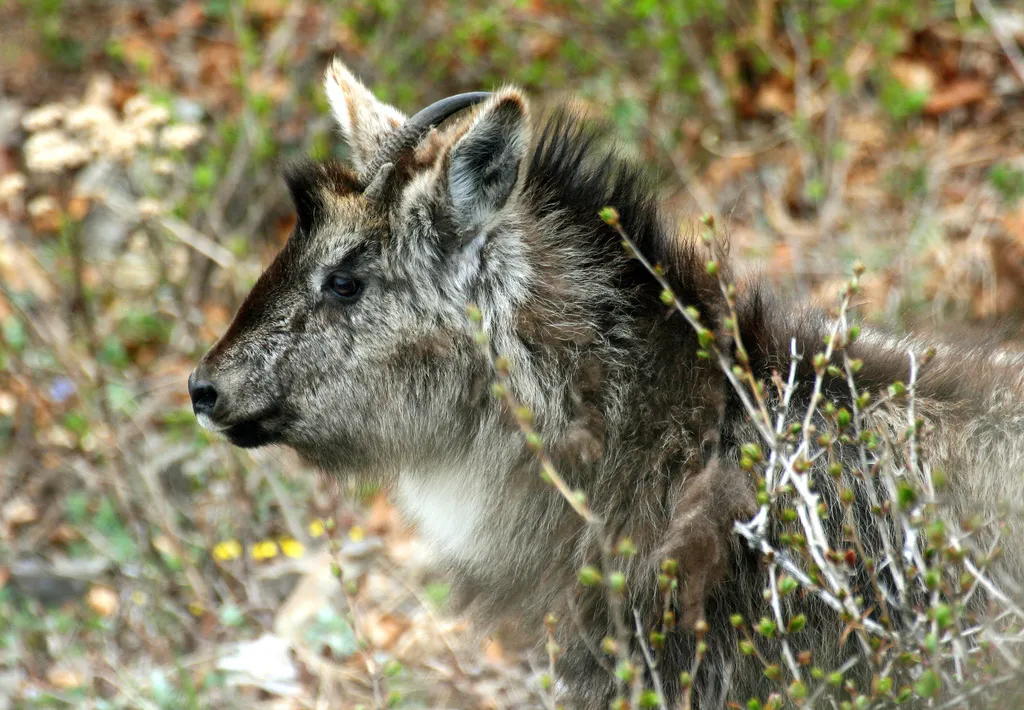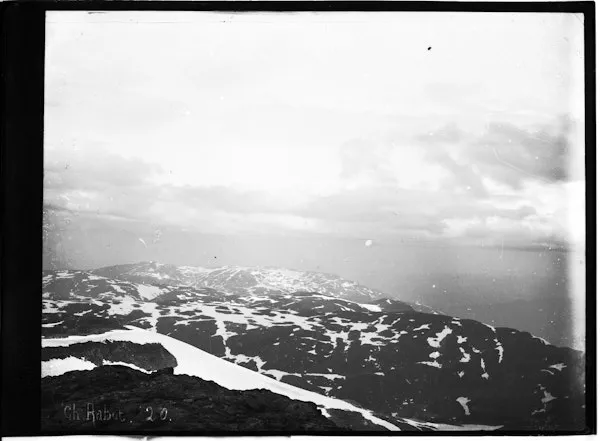✷ best of the internet - winter 2024
The theme of this article is lost spaces. Spaces and worlds that have been lost entirely to time, that we can no longer experience except through old photographs and books, and spaces that have been untouched by human habitation or that have been reclaimed by the earth after that inhabitation.

The island humans can't conquer - a story about a remote island off the coast of Alaska, so jagged and inhospitable (and far away from the mainland) that no humans have been able to live on it for long.
"Life here grows back, grows over, forgets. Not invincibly resilient, but determined and sure. On Hall Island, I see a songbird nesting in a cache of ancient batteries. And red foxes, having replaced most of St. Matthew’s native Arctic foxes after crossing on sea ice, have dug dens beneath the Loran building sites and several pieces of debris. The voles sing and sing. The island is theirs. The island is its own."
Peter Coates' article on lost spaces - An interesting academic piece on the concept of no-man's land and what happens in nature in places with no human activity (e.g. Chernobyl or the Demilitarized Zone demarcating North and South Korea.) When "reckless human violence has necessitated the evacuation of all human beings... the unintended result is a border zone left to other species."
"The zone shelters a rare regional example of largely intact temperate forest (impoverished North Koreans have denuded their woodlands for fuelwood; meanwhile, south of the border, deforestation and the conversion of seasonal rice cultivation to expand acreage for export crops such as bell peppers, blueberries and ginseng gathers pace). And so, unwittingly, the DMZ—and the neighbouring Civilian Control Zone (CCZ) that stretches for between four and twelve kilometres into South Korea, constituting, together with the DMZ, what is more accurately referred to as a DMZ region—have become a haven for migratory birds such as the red-crowned crane and white-naped crane and fantastical species like the Amur goral goat. 'Cold animosity', Thomas adds, 'preserves biodiversity... From the perspective of the goral, internecine human hatred looks a lot like love.'"


Charles Rabot's arctic photography. A collection of photos taken circa 1881 by a French traveler and amateur, self-styled glaciologist. One can see the colonial overtones in the way Rabot writes about the region, veering "between geography and jingoism" as he did. I liked the photos though.
"This is the push-pull logic presented by Rabot and other so-called explorers of the era: the landscape is unconquerable; I myself have conquered it."
The European Green Belt. Formed along the geopolitical barrier of the Iron Curtain, that divided Soviet-controlled territory from the rest of Europe and split East Germany from West Germany, this line has actually become a haven for local species, undisturbed as it was by humans other than military forces and poor souls attempting to flee. At the end of the Cold War, when the Soviet Union fell and "large military facilities such as training grounds and military research establishments in or close to the border zones were closed down. For most cases, it was unclear whom these lands belonged to and thus what the fate of the valuable landscapes would be. Against this background, the conservation initiative Green Belt formed to conserve the natural assets along the former Iron Curtain."
Also, a photo essay of photos taken along the Green Belt by Hanna-Katrina Jedrosz. Her photos are truly amazing and incredible and you should absolutely look at them. My favorite is this one, taken along the Lithuanian Baltic shore.
Old-growth forests - I love the notion of a forest that has remained untouched by human habitation. The United States has a large number of forests that meet the old-growth forest criteria, although definitions vary.
The color of memory - archives of the planet. A collection of photographs – color photographs, autochrome photographs, taken from 1911 to 1940 – of culture and urban landscapes from across Europe, Japan, Mongolia, Southeast Asia, Egypt, and Morocco.